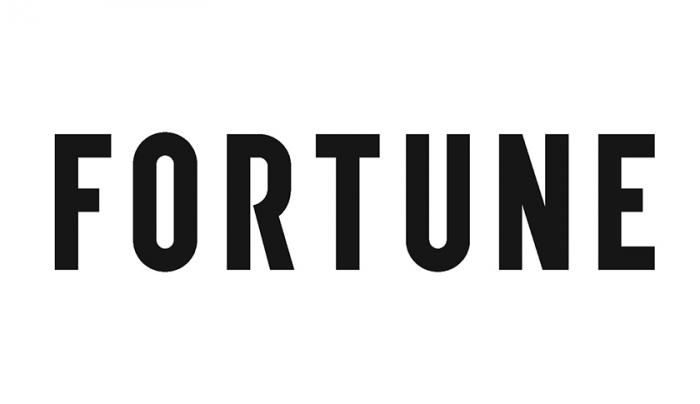Four (and a half) promising ideas from Davos

FORTUNE -- It may come across as a humble four-letter word, but the world has changed many times over on account of a simple “idea.” Goethe said that "daring ideas are like chessmen moved forward: they may be beaten, but they may start a winning game." I spent four days at the World Economic Forum in Davos in pursuit of promising ideas. And sure enough, I found a few of them lurking on the peripheries. Here are four (and a half) powerful ideas discussed at Davos:
1. Hash tagged! Over two billion smartphones will soon be interconnected via social media all across the globe. For the first time, I saw that leaders at Davos realized that this will change many things. “The days of one-way conversation are over, whether you are the prime minister or the CEO,” said New York Timescolumnist Thomas L. Friedman, stating that we are now in the era of multi-source information, uncontrolled by governments, institutions, and social traditions. The challenge for leaders is to understand the power of what can be generated from these unstructured platforms as they redefine culture, governance, and the notion of a nation. As economist Nouriel Roubini put it, "There are 300 million people on the Chinese equivalent of Twitter complaining about inequality and corruption. This will make a difference."
MORE: China's environment: An economic death sentence
2. Pursuing disruptive innovation. Harvard Business School Professor Clayton Christensen says the world needs more disruptive innovation -- changes that lead to fresh new markets, products, and jobs -- rather than efficiency innovation or incremental innovation, which only reduce employment. Part of our problem today is that leaders have grown risk-averse, seeking short-term returns through efficiency-enhancing innovations. Disruptive innovation -- which created new markets for affordable cars, computers, and mobile devices -- is less common now, and this trend needs to be immediately reversed.
3. Embracing counterintuitive creativity. Inspiration on how to encourage disruptive innovation came during sessions with two incredibly talented artists: Vik Muniz, who makes art from unlikely materials, including scrap; and Grammy award-winner Eric Whitacre, who created a breakthrough “virtual choir” by crowdsourcing the voices of thousands of people across the globe. These artists’ examples revealed that you can succeed even in uncertain times through efforts of counterintuitive creativity.
4. Putting humans back in business. At Davos this year, leaders discussed the importance of Return on Human Capital (RoHC). With interest rates dropping near zero, cash is in abundance and skills are quite scarce. This means that measuring business success based on dated financial parameters has become less relevant. The time has come for companies to measure success based on innovation and ideas, not merely on productivity. For the first time, I witnessed a groundswell of support for this thought, which brings the power to transform our organizations and make them more human.
This brings me to the ‘half’ of my four-and-a-half ideas. I call it a “half” because it is really the “other half” of every idea mentioned above. And that “other half” is recognizing the power and importance of solid leadership. The most powerful ideas die without effective leadership. Two intensely debated questions at Davos were, “Who will be the leader of tomorrow?” and “How will he or she lead?”
MORE: Inside MBA admissions: How a top school decides
What I took away from Davos this year was that leadership in the future will no longer be an entitlement but a right that will have to be earned through actions every year, every day, and every minute. The leader of the future will be someone who can first be an empathetic person, as that is the only way he or she will understand the needs of those who lack their reach.
Vineet Nayar is vice chairman of HCL Technologies and the author of Employees First, Customers Second: Turning Conventional Management Upside Down.

